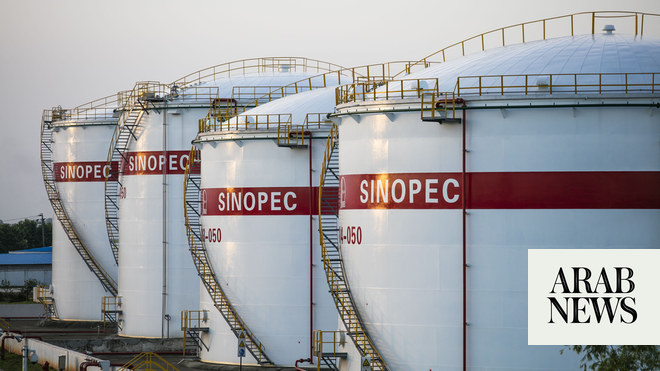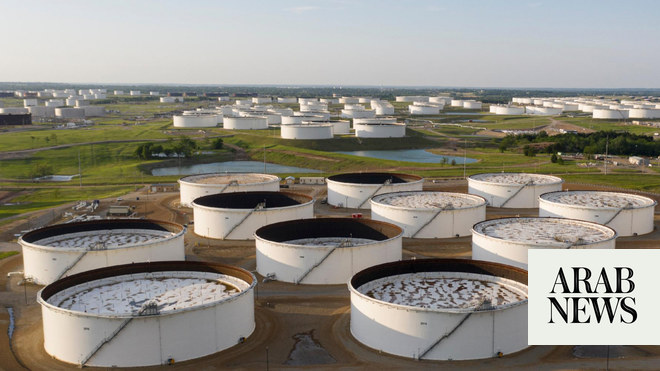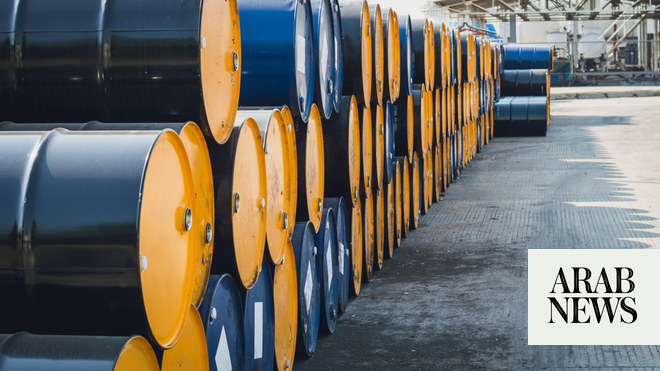
China dipped into crude oil inventories in November as a surge in refinery processing outweighed stronger imports of the fuel.
The drawdown of stockpiles was the sixth time in the past eight months that China"s refiners have processed more crude than was available from imports and domestic output.
For the first 11 months of the year, China has barely added to commercial or strategic inventories, a sharp reversal from prior years when the world"s biggest crude importer was building up its strategic petroleum reserve (SPR).
China"s refineries processed 59.64 million tonnes of crude in November, equivalent to about 14.51 million barrels per day (bpd), according to official data released on Wednesday. read more
This was up from the 13.75 million bpd in October, and also some 2.2% above the volume processed in November last year.
The total volume of crude available from imports and domestic output in November was 58.1 million tonnes, or about 14.14 million bpd.
This means that refinery throughput was about 370,000 bpd more than what was available from imports and domestic output.
China doesn"t disclose the volumes of crude flowing into or out of strategic and commercial stockpiles. But an estimate can be made by deducting the total amount of crude available from imports and domestic output from the amount of crude processed.
Since April, China"s refiners have processed about 9.1 million tonnes of crude above the total of imports and domestic output, which works out to a draw on inventories of about 272,000 bpd.
However, strong stockpile builds in the first quarter of the 2021 mean that for the first 11 months overall, China has added about 60,000 bpd to its commercial or strategic storages.
But even this modest build is well below what has been the pattern of the last several years, as China has consistently imported crude well beyond its consumption as it built up its SPR.
For example, in 2020, China"s imports and domestic output combined were some 1.26 million bpd more than refinery throughput.
END OF STOCKBUILDING?
China"s purchases to build its SPR has been a major driver of crude oil demand growth globally in recent years, but it"s likely that 2021 will see this dynamic come to an end.
The question for the market is whether China is likely to resume building inventories next year, or whether the process of filling the SPR is largely complete.
Beijing doesn"t disclose the amount of crude in the SPR, but officials indicated last year that it was close to being filled and that China was nearing holding 90 days of import cover, which is the standard recommended by the International Energy Agency.
China has also indicated a willingness to tap the SPR to supply local refiners if it deems that international crude prices have risen too far, too fast.
The sale of crude from the SPR was announced in September and while the volumes offered were relatively small, they may have been a factor capping imports in recent months.
Through its actions it appears that Beijing is showing oil exporters, particularly the OPEC+ group, that it will act to put a ceiling on crude prices.
The desired price level hasn"t been revealed but it seems that top importing nations like China and the United States currently view anything above $80 a barrel for global benchmark Brent futures as too high.
Brent ended at $74.34 a barrel on Wednesday, and is down 14.3% from its three-year high of $86.70, reached on Oct. 25.
While the price is currently more comfortable for importing nations, it may not be low enough to tempt China to continue building stockpiles.
GRAPHIC-China refinery processing vs crude available: https://tmsnrt.rs/3GNZk9G
Editing by Sam Holmes
Our Standards: The Thomson Reuters Trust Principles.










